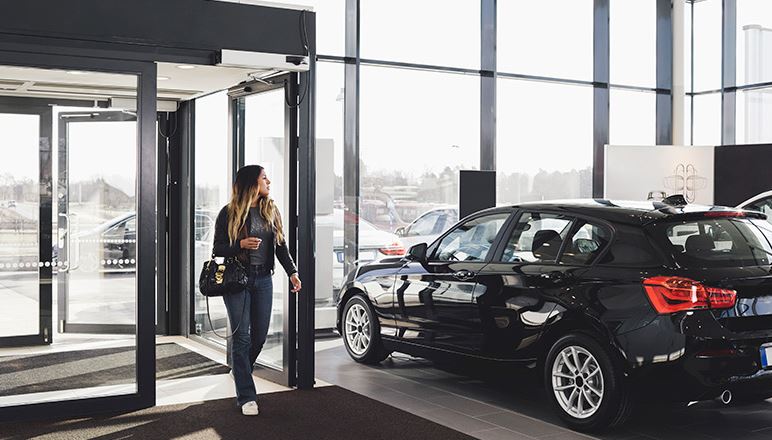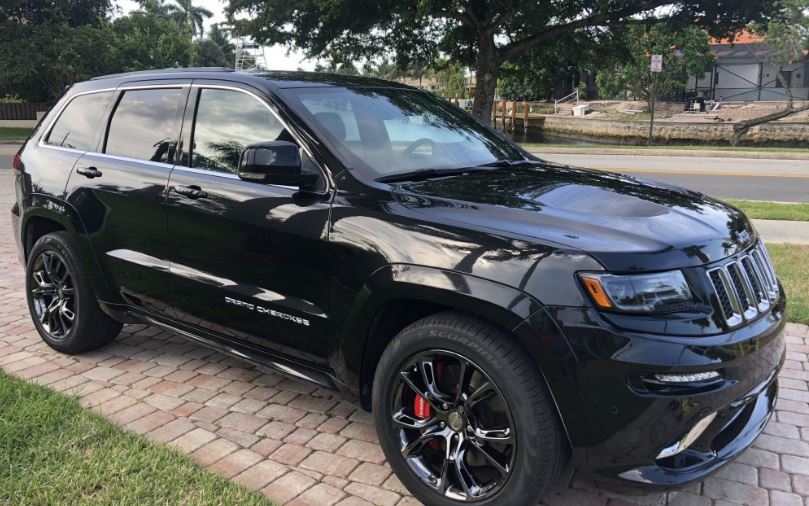Your vehicle’s brake system plays a key role in safety. If you drive with faulty brakes, you’re putting not just yourself, but also your passengers and pedestrians in danger. That’s why you need to take care of the brake pads, rotors, and other components of your car’s braking system.

Below are some tips to help you maintain your vehicle’s brake system to ensure peak performance and a safer driving experience:
Invest in High-Quality Brake Components
A vehicle’s brake system is composed of several parts, which include the master cylinder, brake pads, rotors, and brake lines, among others.
As a responsible car owner, it’s important to understand which part does a specific job. You should also familiarise yourself with simple inspection procedures and indicators so you can have worn-down or broken parts replaced on time. When replacing your car’s brake system components, it’s best to invest in reliable parts. You can click here to find high-quality braking components and more.
These superior components may be a little more expensive, but the investment is worth it when you consider their durability and efficiency.
Flush and Change the Brake Fluid Regularly
It’s generally recommended that you flush your car’s brake fluid every 2 years (more frequently if you drive more often).
Flushing and replacing the brake fluid keeps the rotor and brake pads in good shape, not to mention “refresh” the brake system. With fresh brake fluid, your car will have improved braking performance.
To know if the brake fluid is due for a flush and change, check its colour. If it’s dark or rusty, it means that it has absorbed water and has caused internal corrosion.
Your brake system may also overheat much more quickly with old or bad brake fluid. Have a mechanic perform the flush ASAP. You can also do this yourself, following the manufacturer’s instructions.
Don’t Make Tailgating a Habit
Tailgating is a dangerous habit, not to mention an annoying one to your fellow drivers. Tailgating is also bad for your brakes because this will make you step on the brakes more often. This can result in premature and excessive wear and tear.
Make sure to leave plenty of following distance between your car and the one in front of you. This gives you enough room to coast (see the next section) and is also much safer in general. If you’re driving at night or through bad weather, you also try to increase the following distance even more.
Learn How to Coast
Coasting is a driving technique where you let off the gas gradually to let your car slow down before braking. This helps minimise the pressure on the brakes. Do note that you can’t coast in every situation. However, when you find the opportunity to do so, take it.
Some good examples where coasting is ideal are when you’re preparing to make a turn or see a slow-down sign ahead.
Learn How to Engine Brake
Another driving technique that can help your brakes last longer is called engine braking. This is when you slow down your car by shifting down your gears. Engine braking is ideal when you’re driving down steep inclines or winding roads. While engine braking is more effective for manual transmission cars, it can also be done with an automatic. Just remember to do it gradually.
After all, shifting down from a too-high speed or immediately shifting to a too-low gear can damage the transmission.
Drive at a Reasonable Speed
Simply put, your brakes are designed to stop your car from moving. Thus, speeding is one of the worst things you can do to your brakes. The faster you drive, the more power and pressure will be needed to stop the car. As a result, your car’s brake system won’t last as long.
Drive at a comfortable speed at all times. Doing so will minimise the need for repairs and extend the lifespan of the braking system. In particular, the brake pads and rotors won’t wear down as quickly. Aside from prolonging the lifespan of your brake system, driving at reasonable speeds is also much safer.
Don’t Overload Your Vehicle
Another enemy of your car’s brakes is overloading. The heavier your vehicle, the harder the brakes have to work to pull your car to a complete stop. Thus, it’s best to keep your cargo at a minimum whenever possible.
Take note of your car’s weight capacity and try not to reach that number. In addition, you should also check the weight of aftermarket parts such as bumpers. They can add extra weight to your vehicle, which lowers the weight capacity.
Driving with a lighter vehicle also comes with other benefits. Aside from being a lot friendlier to the brake system, it also improves mileage and doesn’t put as much pressure on the tyres. This results in more maintenance cost savings.
As you can see, it’s not that complicated to maintain your car’s brakes. Simply follow these tips and be more conscientious on the road to keep your vehicle’s braking system in good shape.



